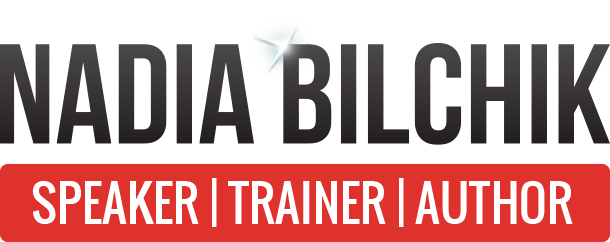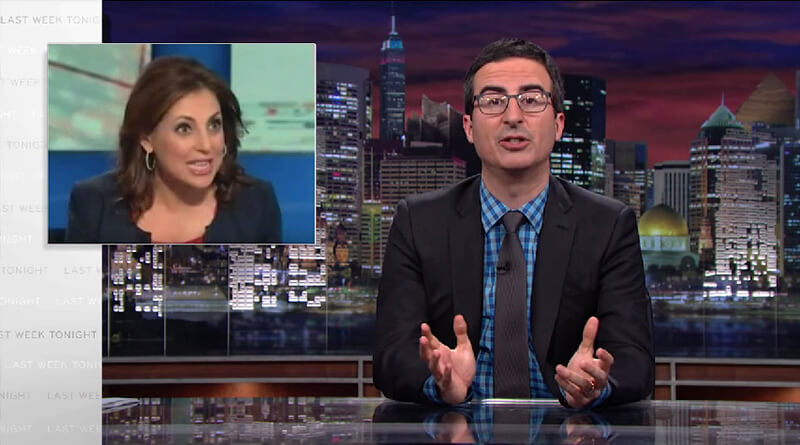In every presentation skills class, at least one participant asks how to get around their tendency to use filler words. Also known as “crutches” and “disfluencies”, they are words like “umm”, “you know,” “like”, “ I think”, and “right?”.
While there is nothing wrong with the occasional verbal filler, especially because it can make the speaker more relatable, excessive use of fillers is usually a sign of inexperience and nerves, and their effect can be both distracting and even irritating.
The good news is there are strategies that can help you limit your use of fillers and throw away those crutches.
Step One
The first step is to become aware of how often you use fillers. You may be shocked at the extent to which your presentations are peppered with “ums”, “ahs” and “you knows.” So, take the plunge and ask your colleagues, family and friends for feedback. Video or tape yourself giving a presentation and, without getting defensive or embarrassed, take a count of how many fillers you use.
So, how do you eliminate them? One way to “train” yourself is to pair your crutch words with small actions like clapping or clicking your finger.
Step Two
The next step is to consciously substitute a pause to fill the silence where the filler used to be. It is a very human tendency to want to fill in some empty air. But you can overcome that urge if you think of it as ending a sentence with a period as opposed to a run-on sentence. The thing to do at the end of a sentence is to close your mouth for a brief pause. Then begin the next sentence.
Step Three
The final and most important strategy is preparation and practice. Overuse of vocal fillers is the telltale sign of a nervous presenter. The less prepared you are, the more nervous you’ll be, which will likely cause you to speak too quickly, trip over your words, and forget what’s next.
Embracing the pause can feel like hard work; it requires effort and intentionality, but positive change or improvement always does.
»
Hosted opening SOS Childrens Villages Cape Town with President Nelson Mandela»
Interviewed George Clooney, Richard Gere, Meryl Streep, Tom Hanks, Morgan Freeman etc»
Reported for CNN’s Weekend Morning Passport»
Hosted On The Money , Showbuzz, Around The World on CNN International»
Anchored CNN Airport Network»
Hosted Captain Planet Gala with Ted Turner, Richard Branson and President Carter»
Renowned globally for her transformational keynotes and workshops


